39 reading fat on nutrition labels
Food Labels: Fat & Cholesterol | Home & Garden Information Center The Nutrition Facts label shows you how much fat is in a product, even if the fat is hidden as an ingredient. The serving size and the nutrients listed on this label are consistent, which makes it easy to compare similar products without any calculations. % Daily Values (% DVs) are listed in a column on the "Nutrition Facts" label. By looking at these percentages, you easily can determine whether a food contributes a lot or a little of a particular nutrient to your daily diet. Key Points when Reading Nutrition Labels | Mayo Clinic Connect Normally, there should also be a calorie number from fat - so the amount of calories fat contributes per serving. Fat If you're unsure of all the different types of fat, be mostly mindful of limiting "saturated" and avoiding "trans" fats. We want to aim for less than 5 grams of saturated fat per serving, and 0 grams of trans fat. Sodium
3 Ways to Read Nutrition Facts on Food Labels - wikiHow Read the fat content in a serving and check what types of fat are present. The next row on the label is fat, and it is accompanied by 2 different types of fat underneath the total number content. Fat helps provide cell development and stores energy in the body.

Reading fat on nutrition labels
How to Understand and Use the Nutrition Facts Label | FDA Feb 25, 2022 · Note: some nutrients on the Nutrition Facts label, like total sugars and trans fat, do not have a %DV – they will be discussed later. General Guide to %DV 5% DV or less of a nutrient per serving ... Food Labels (for Teens) - Nemours KidsHealth The information on food labels is based on an average adult diet of 2,000 calories per day. The actual number of calories and nutrients that kids need will depend on their age, weight, gender, and level of physical activity. (For more guidance, check out the USDA's MyPlate.) Fat. Total fat shows how much fat is in a single serving of food. How To Read Food and Beverage Labels - National Institute on Aging At the top of the Nutrition Facts label, you will find the total number of servings in the container and the food or beverage's serving size. The serving size on the label is based on the amount of food that people may typically eat at one time and is not a recommendation of how much to eat. Read more about serving and portion sizes.
Reading fat on nutrition labels. How to read food labels: MedlinePlus Medical Encyclopedia Always check the serving size first. All the information on the label is based on the serving size. Many packages contain more than 1 serving. For example, the serving size for spaghetti is most often 2 ounces (56 grams) uncooked, or 1 cup (0.24 liters) cooked. If you eat 2 cups (0.48 liters) at a meal, you are eating 2 servings. Get the Facts! Steps to Reading and Understanding Nutrition Facts Labels Food labels list percentages of the recommended daily intakes of several nutrients. The numbers are based on a 2,000-calorie diet and are used for adults who are 18 years or older. If you consume more or less than 2,000 calories per day, you still can use % Daily Values as a reference. Fats, sugar, carbs: Here's how to read food labels for healthy and ... An adult's GDA for total sugars is 90g, which includes 50g of added sugars. To have a balanced diet, cutting out fats completely is not a good idea. Fats are essential to some of the body's ... How to Read Nutrition Labels: Fat Content, Carbs & What To ... - HighKey Total Fat. Nutrition labels are required to include total fat, saturated fat, and trans fat. The total amount of fat in the diet is a percentage of your calorie needs. The recommendation for the typical American diet is around 30%. For someone taking in 2,000 calories, this would mean around 70 grams of total fat per day.
Reading Food Labels - aahs.org Lean proteins (meat, poultry, seafood) have 10 grams of fat or less, 4½ grams of saturated fat, and less than 95 mg cholesterol per 3-ounce serving. "Light" claims mean 1/3 fewer calories or ½ the fat of the usual food. Healthy individual food items should have: Low fat Low saturated fat Less than 480 mg sodium Less than 95 mg cholesterol Tips for Reading Nutrition Labels When You Have Diabetes and … 10.06.2022 · Tips for Reading Nutrition Labels When You Have Diabetes and Kidney Disease Medically reviewed by Jillian Kubala, MS, RD , Nutrition — Written by Carly Werner, RD on June 10, 2022 How to read labels The Basics of the Nutrition Facts Label 04.03.2022 · Low is 5% or less. Aim low in saturated fat, trans fat, cholesterol and sodium. High is 20% or more. Aim high in vitamins, minerals and dietary fiber. Step 4: Check Out the Nutrition Terms. Low calorie: 40 calories or less per serving. Low cholesterol: 20 milligrams or less and 2 grams or less of saturated fat per serving. Reading Food Labels | ADA - American Diabetes Association Recipes & Nutrition; Reading Food Labels; Reading Food Labels . Understanding Food Labels. It’s time to decode those food claims. Trying to figure out nutritional information on labels and packaging isn’t easy. The good news is that we can help. Untangle packaging claims. If you get tripped up on food content claims, you’re not alone. Fat free vs. low fat vs. reduced fat. …
How to Read the Nutrition Facts Label on Packaged Foods - WebMD Sodium. Many people get far too much salt, or sodium. Most of it is in packaged foods and restaurant items. Limit salt to 2,300 milligrams (about 1 teaspoon) daily. If you have high blood pressure ... How to Read Nutrition Labels - Frederick Health Serving Information (top of the label): The number of servings in the package or container and the serving size. The serving size is the amount that people typically eat or drink— not how much you should eat or drink. Calories (second on the label): A measure of how much energy you get from a serving of the food. Interpreting Total Fat and Types of Fat on Food Labels - Nina Cherie ... Interpreting Total Fat and Types of Fat on Food Labels The Nutrition Facts label lays out the "total fat" in addition to the different types of fat contained in foods. Determining the type of fat can help you decide whether or not a food is rich in 'healthy' and/or 'unhealthy' fats. How to Read Nutrition Labels - Lifesum 3. Total fat, saturated fat, trans fat. Contrary to popular belief, saturated fat is the good stuff you find in animal products. Unsaturated fat is made up of monounsaturated fats, polyunsaturated fats, and trans fats. Monounsaturated fats and polyunsaturated fats are typically found in plants, and is good for you.
Understanding food labels - Canada.ca Food labels, nutrition facts tables, serving size, ingredients, % daily value, nutrition claims. Services and information. Nutrition facts tables. How to use, what is in them, foods that don't have a nutrition facts table. Serving size . How to use the serving size on nutrition facts tables. List of ingredients. About list of ingredients on packaged foods, common terms used for some ...
The Basics of the Nutrition Facts Label - Eatright.org Mar 04, 2022 · Low is 5% or less. Aim low in saturated fat, trans fat, cholesterol and sodium. High is 20% or more. Aim high in vitamins, minerals and dietary fiber. Step 4: Check Out the Nutrition Terms. Low calorie: 40 calories or less per serving. Low cholesterol: 20 milligrams or less and 2 grams or less of saturated fat per serving.
Reading a Nutrition Label When You Have Diabetes and Kidney ... Jun 10, 2022 · Nutrition labels tell you which nutrients are in the foods you eat and in what amounts. Reading and understanding nutrition labels can help you better navigate food shopping, meal planning, and ...
Reading and Understanding Food Labels and Nutrition Info - Beaumont Health A good range is between 20-60 grams; the lower number representing a 10-percent fat diet and the higher number a 30-percent fat diet. When considering the amount of fat you eat, don't forget to count meat, which doesn't have a label. A three-ounce serving of lean meat, fish or poultry can contain anywhere from three to 10 grams of fat.
This Is How to Read a Nutrition Facts Label on the Keto Diet That's not a 33% fat, 33% carb, 33% protein ratio. It's actually 52% fat, 24% carb, 24% protein. This may sound a little confusing, but as long as you limit carbs (the most important part) and aim for healthy fats and protein to make up a majority of your daily macronutrient intake, your results should be excellent.
How to Read Everything on the Nutrition Facts Label - Food Network Take that 1600 and multiply it by 0.30 (based on our goal of getting 30% of our calories from fat). You'll get 480 calories. Then, to figure out the grams of fat you want to aim for each day,...
Understanding Food Nutrition Labels | American Heart Association Learn what to look for on the label. 1 - Start with the serving information at the top.. This will tell you the size of a single serving and the total number... 2 - Next, check total calories per serving and container.. Pay attention to the calories per serving and how many... 3 - Limit certain ...
Five Things to Remember when Reading Nutrition Labels | K12 Physical Education and Health Assessment
A Guide to Reading Food Labels - University of Rochester Feb 27, 2013 · of calories from fat. You should limit the number of calories from fat to 20-35% of your total daily calories. In the sample label, there are 250 calories in one serving and 110 calories from fat. This means almost 50% of the calories in a single serving of this food come from fat. Due to its high fat content, this food is not a healthy choice.
FDA Nutrition Label Update: How to Read the New Food Label | U.S. News The FDA has revised its nutrition food labels for the first time in more than 20 years. Explore the changes and how to read these new labels. By Elaine Hinzey , RDN, LD
How To Read Nutrition Labels - diet.mayoclinic.org When reading a nutrition label, the first place you'll want to check out is at the top section. Here is where you'll find important information including: 1. Serving size. Check for how many servings are in the package. This amount is typically provided in units, such as cups or pieces. This is followed by a metric amount, such as the ...
How To Read a Nutrition Label for Bariatric Surgery & Weight Loss The sneaky thing is that if a label has less than 0.5 g of trans fats it can be labeled as zero! When reading your ingredients avoid foods that contain hydrogenated oil or partially hydrogenated oil. Saturated fat should also be limited as this can also increase your risk for heart disease and elevated cholesterol.
A Guide to Reading Food Labels - University of Rochester 27.02.2013 · Food Labels Reading food labels can help you make wise food choices. Most foods list nutrition information on the package label, called Nutrition Facts. These facts can help you compare foods and choose the healthiest option. Sample Label 1 Serving Size Calories . Limit These . Nutrients . Get Enough of These Nutrients 5 Nutrition Facts 18% 15% 10% 20% 10% …
Understanding Ingredients on Food Labels | American Heart ... Mar 06, 2017 · The Nutrition Facts information is always displayed in the same orderly fashion and helps you understand how much of certain nutrients that you need to limit are contained in the product per serving. What isn’t always so clear is the ingredients listed on foods or drinks.
Fat Content on Food Labels - Reading Between the Lines When it comes to listing fat on food labels, manufacturers are required to only list total fat and saturated fat. Some also voluntarily list monounsaturated and polyunsaturated fat, but it's unlikely you'll see trans fat listed." The Mayo Foundation continued, "Still, you may be able to tell if a product contains trans fat, even if it's not directly listed on the food label. Look for the words 'hydrogenated' or 'partially hydrogenated' in the list of ingredients. These ...
How to read food labels | healthdirect Sugar: Sugar is a type of carbohydrate. It is better to choose healthier carbohydrates and to limit foods that are high in added sugars. Fibre: High fibre foods such as wholegrain bread and cereals improve digestion and help you to feel full. Sodium: This tells you how much salt the product contains. Eating too much salt is linked to high blood pressure and can lead to heart disease, …
Quick Tips for Reading the Nutrition Facts Label - Food and Drug ... Saturated Fat 1g % Daily Value* Keep the Tip Card in your wallet or purse Total Fat 8g Trans Fat 0g Cholesterol 0mg Sodium 160mg Total Carbohydrate 37g Dietary Fiber 4g Total Sugars 12g Includes ...
How Reading Food Labels Can Help You Increase Fat Loss, Have More Energy and Feel Healthy for Life
Understanding Ingredients on Food Labels - American Heart … 06.03.2017 · The Nutrition Facts information is always displayed in the same orderly fashion and helps you understand how much of certain nutrients that you need to limit are contained in the product per serving. What isn’t always so clear is the ingredients listed on foods or drinks.


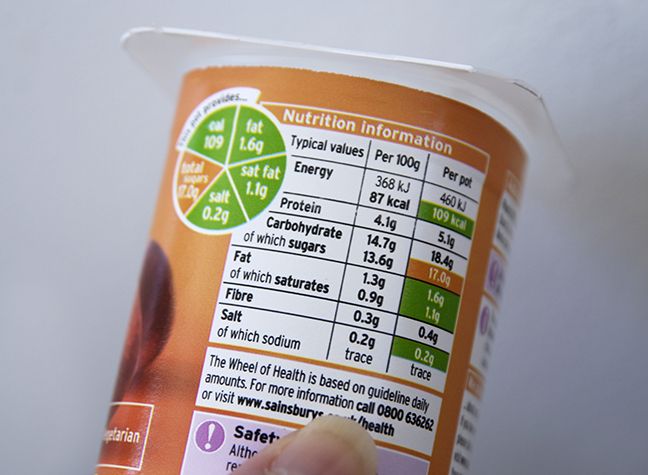
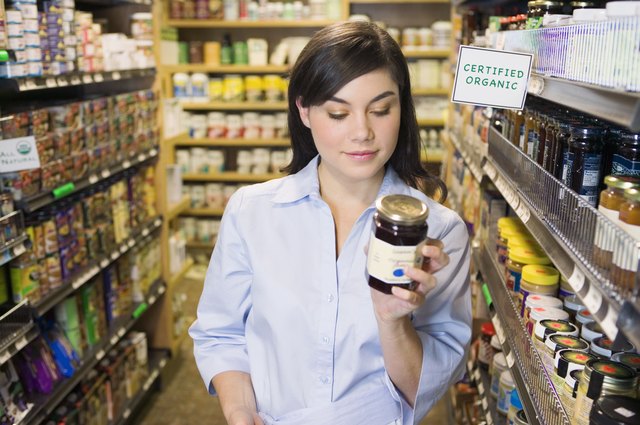

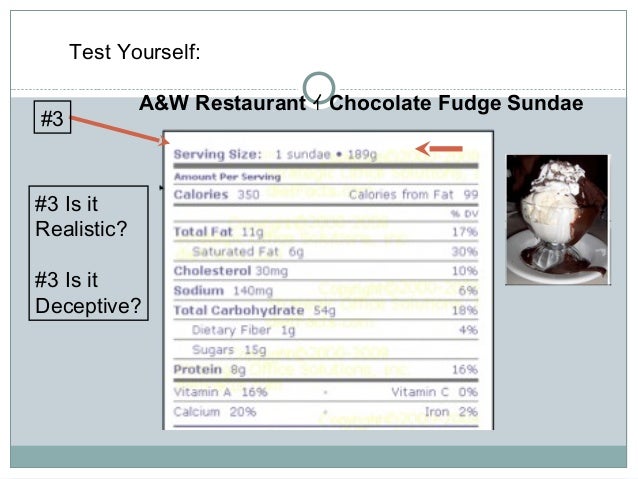
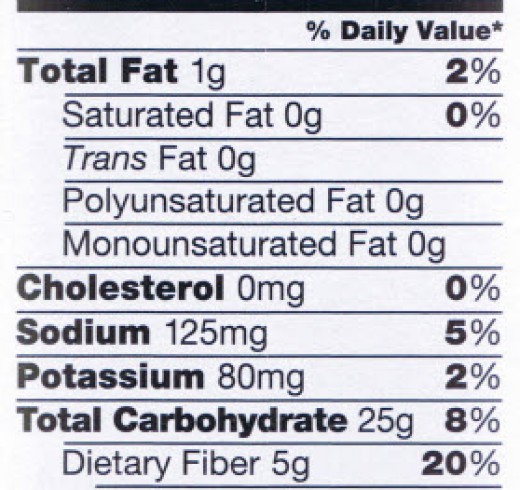

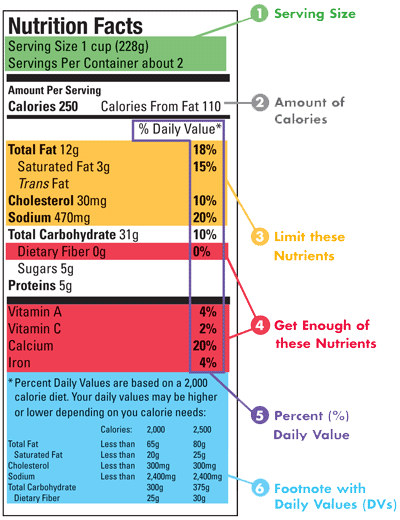

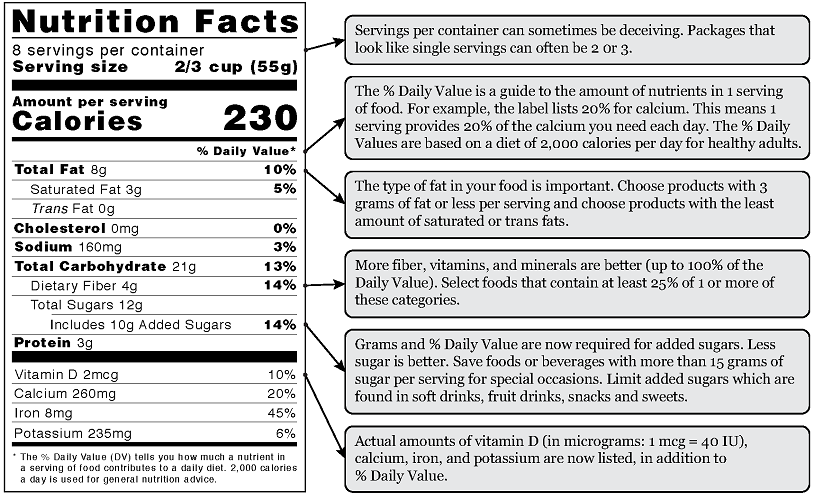
Post a Comment for "39 reading fat on nutrition labels"